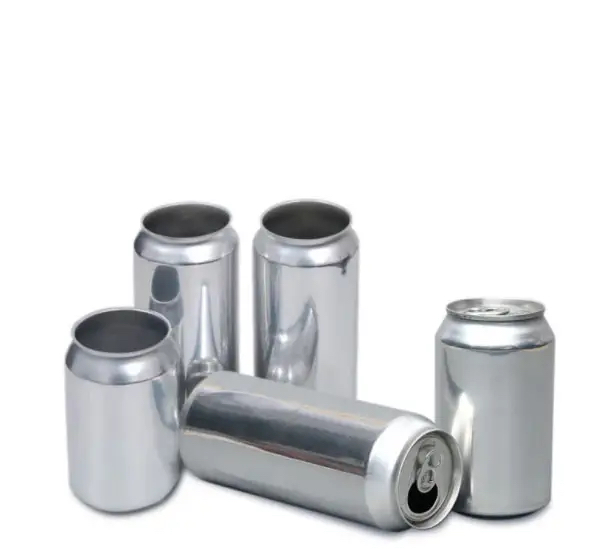"From Raw Material to Final Product: How are Aluminum Beverage Cans Manufactured?"
Dec 12, 2023
Aluminum beverage cans have become ubiquitous in our daily lives, providing a convenient and lightweight packaging solution for a wide range of drinks. Have you ever wondered how these cans are manufactured from raw materials into the final product that we see on store shelves? In this blog post, we will take a closer look at the manufacturing process of aluminum beverage cans, exploring the various stages involved in transforming raw materials into the familiar and functional containers we use every day.
Raw Material Extraction:
The first step in the manufacturing process is the extraction of raw materials. Aluminum, the primary material used in beverage can production, is derived from bauxite ore. Bauxite is mined in various parts of the world, and the ore is processed to extract alumina, a refined form of aluminum oxide.
Aluminum Smelting:
Once alumina is obtained, it undergoes smelting, a process that involves electrolysis to convert it into pure aluminum metal. The smelting process requires a substantial amount of energy, but aluminum's lightweight and recyclable properties make it an environmentally favorable choice for beverage can production.
Rolling and Coating:
After the smelting process, the aluminum is transformed into thin sheets through rolling. These sheets are then coated with a protective layer to enhance their durability and prevent reactions between the beverage and the metal. The coating also helps maintain the freshness and taste of the drink.
Can Body Formation:
The coated aluminum sheets are fed into a press, where they are formed into cylindrical shapes to create the can bodies. The press applies high pressure to shape the sheets and creates the characteristic ridges and flutes that add strength to the cans.
Top and Bottom Manufacturing:
Separate manufacturing processes are employed to create the can tops (ends) and bottoms. The ends are typically stamped out of aluminum sheets, while the bottoms are formed through a process called ironing, which involves stretching and shaping the aluminum to create a secure seal.
Can Assembly and Decoration:
Once the can bodies, tops, and bottoms are ready, they are assembled by joining the components together using specialized equipment. This assembly process ensures a tight and secure seal. Additionally, the cans can undergo decoration processes such as printing, labeling, or embossing to display branding, product information, and eye-catching designs.
Quality Control and Packaging:
Before being filled with beverages, the aluminum cans undergo rigorous quality control measures. This includes inspections to ensure the cans meet specific standards for dimensions, integrity, and coating quality. Once approved, the cans are packaged and prepared for distribution to beverage manufacturers, who will fill them with various beverages.
The journey from raw material to the final aluminum beverage can involves multiple stages, each contributing to the creation of a functional and visually appealing packaging solution. The manufacturing process of aluminum beverage cans showcases the intricate engineering and precision required to produce millions of cans that hold our favorite drinks. Understanding the complexity behind the scenes can foster a greater appreciation for the convenience and sustainability of aluminum beverage cans in our daily lives.
